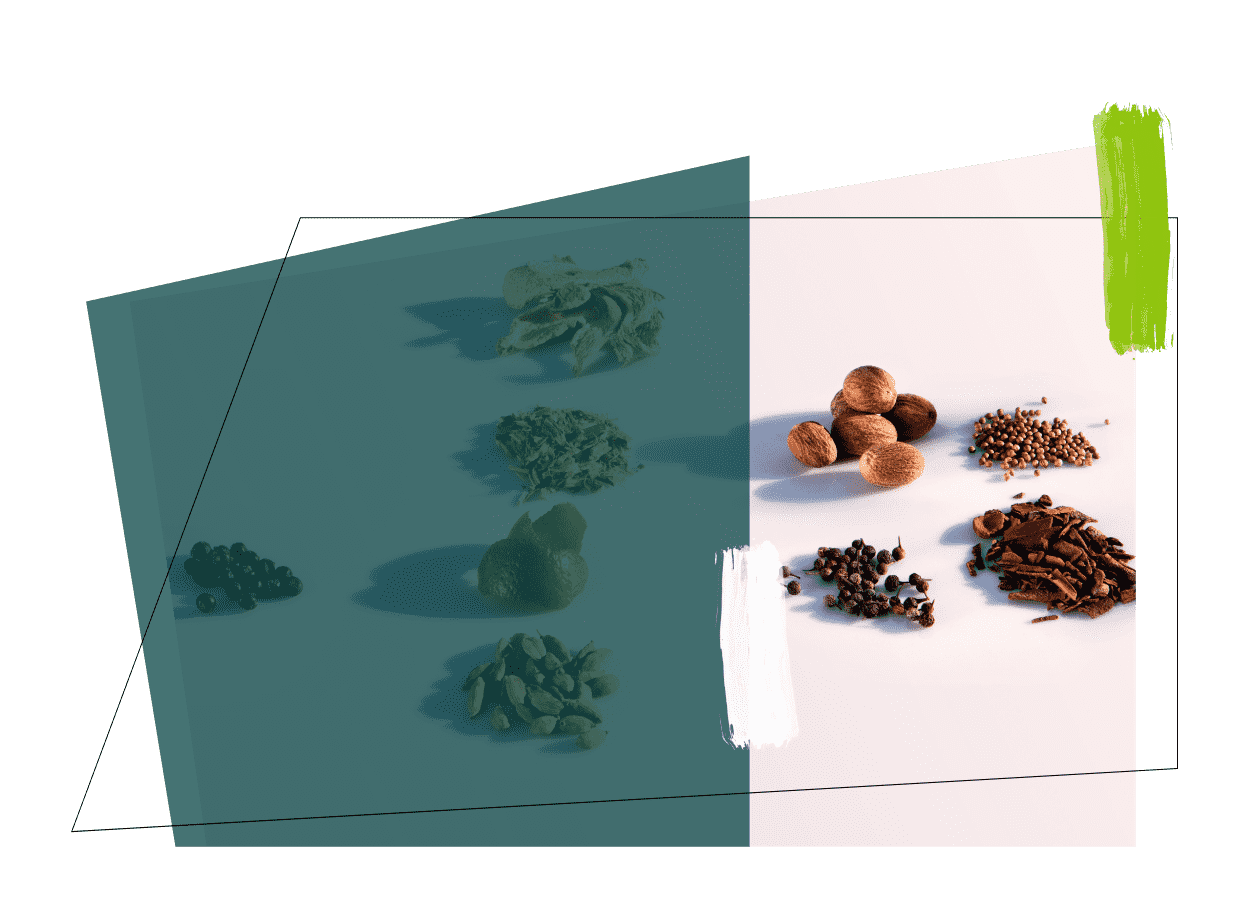
Please drink responsibly.

Please drink responsibly.
In the 1990s few people would have bet on gin’s revival.
However, in the early 2000s, a handful of enlightened gin distillers reinvented gin and returned it to its rightful place as one of the most noble spirits. Experimenting with mixtures of brandy, plants and spices, gin once again became distinguished and unique.
Maison Villevert is one of these few innovators in the gin revolution. By developing G’Vine in 2006, Jean-Sébastien Robicquet wanted to bring a new unique product to the world of spirits. If the choice to use grape brandy was bold, the ingenious use of vine blossoms from Cognac was downright unconventional in every respect. By combining aromatic plants from around the world, and of course the indispensable juniper berry, Jean-Sébastien Robicquet discovered his signature rare blend of aromas. And thus, the luxurious G’Vine Floraison was born, much to the delight of gin lovers everywhere.

The secret to G’Vine’s unique flavor is based on a cunning blend of neutral grape spirit, vine blossoms, herbs and spices. The sweet and heady grape spirit is neutral enough to provide the perfect structure for the aromatic plants to thrive. Those that go into the composition of G’Vine are grouped into four distinct families, each distilled separately:
The art and expertise of gin making relies on the master distiller balancing the perfect dosage of each ingredient to make a truly exceptional gin.
The common denominator among all gins is juniper
The history of gin is born from the berries of the juniper plant. Previously used in medicinal brews, these berries were harvested in the 15th century to flavor grape alcohol and grains. It is a small shrub, widespread throughout the northern hemisphere and available in large quantities in the region. It grows particularly well in sandy lands and limestone.
Selecting the right juniper berry is essential, and has a great effect on the gin’s quality and intensity. Maison Villevert uses Macedonian juniper berries, as this variety is characterized by notes of pine, fruit puree, citrus, pepper, and a slightly bitter aftertaste. Harvested by hand, the berries must mature for a year or two before they are ready to use.
The other secret of our Gin de France lies in its rare signature ingredient, the vine blossom. Maison Villevert uses blossoms grown in France and harvested by hand as soon as they appear each June. They are then placed in a muslin bag to be steeped in brandy.
The vine flower brings together the entire blend, framing the ingredients with balance and a lovely roundness. The breadth of its surprising floral aromas are revealed in G’Vine, bringing with it a freshness to your glass, whether straight or mixed in a cocktail.
Blending beautifully with its floral aromas are G’Vine’s dazzling spice flavors. Among them we find the freshness of lime and the bitter woody notes of Chinese licorice.
Green cardamom from Guatemala is rarely used in Europe but offers aromas of bergamot, sap, and pine. The seeds are crushed before distillation, bringing out the depth of their flavor. The final ingredient in the family of spices is ginger from Nigeria.


The signature flavor of G’Vine comes from a mixture of plants and spices carefully selected by master distiller Jean-Sébastien Robicquet. The first of these is coriander, produced in Bulgaria. The dried coriander fruit flavors our Gin de France with sweet notes of citrus, sage, and just a hint of lemon.
Indonesian cassis introduces spicy notes of licorice, not too unlike a common cinnamon. Our Ceylon cinnamon comes from Sri Lanka and adds a mild sweetness to G’Vine. Cubeba berries from India add a fresh peppery touch. Nutmeg from Indonesia has a bold aroma adding notes of sweetness and hints of walnut.
Each of these plants and spices is selected for their quality and characteristics, and inspire master distillers to extract their most pure and exquisite flavors. Each of the four families must macerate separately in grape brandy for two to five days, before being distilled.
The vine blossom infusion goes into Flo, a Florentine alembic usually used for perfume. The other extracts are distilled separately before being added to the vine flower distillate and going through a final distillation in an alembic called Lily Fleur. The distillers must harness their expertise to combine the signature balance of G’Vine Floraison, proportions of each family varying slightly between vintages.
